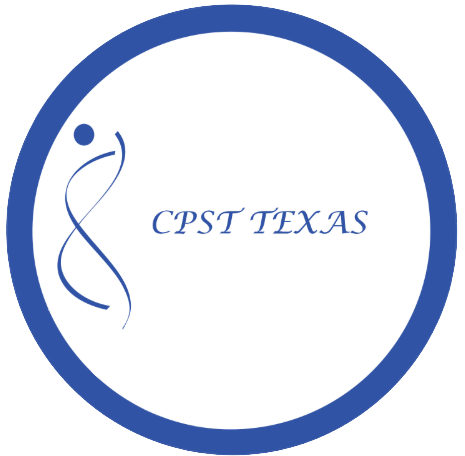Attention-Deficit/Hyperactivity Disorder (ADHD) is a neurodevelopmental disorder that affects millions of children around the world. Characterized by patterns of inattention, hyperactivity, and impulsivity, ADHD can significantly impact a child’s school performance, social interactions, and overall behavior. However, ADHD can present differently in boys and girls, making it important for parents to understand the signs specific to each gender to seek timely intervention.
Understanding ADHD
ADHD is traditionally divided into three types: predominantly inattentive presentation, predominantly hyperactive-impulsive presentation, and combined presentation. Children with the predominantly inattentive type might seem to daydream a lot and have difficulty organizing tasks, whereas those with the predominantly hyperactive-impulsive type may be more physically active and take risks without considering the consequences. The combined type, as the name suggests, features a mix of inattentive and hyperactive-impulsive symptoms.
How ADHD Presents in Boys
Boys are more frequently diagnosed with ADHD, partly because their symptoms tend to be more noticeable and align more closely with the stereotypical image of ADHD. Here are common ways ADHD might present in boys:
- Hyperactivity: Boys with ADHD often exhibit high energy levels. They may appear to be constantly “on the go” or as if “driven by a motor.” This can manifest as excessive running, climbing, or difficulty sitting still during quiet activities.
- Impulsivity: Boys might show impulsive behaviors, including interrupting others, blurting out answers, and showing an inability to wait their turn.
- Behavioral Problems: Boys are more likely to exhibit externalizing behaviors, such as aggression or defiance, which are more noticeable in school settings and can lead to disciplinary actions.
How ADHD Presents in Girls
Girls are often underdiagnosed with ADHD because their symptoms can be subtler and less disruptive in traditional school environments. Their ADHD traits might also be misinterpreted as personality traits rather than indicators of a neurodevelopmental disorder. Here’s what parents might notice in girls:
- Inattentiveness: Girls with ADHD often have a predominantly inattentive presentation. They may appear to be daydreaming, have trouble following detailed instructions, or frequently lose personal items.
- Social Withdrawal: Instead of displaying hyperactivity, girls might withdraw in social situations. They may have a small group of close friends or prefer solitary activities, sometimes due to feeling overwhelmed in large groups.
- Internalizing Behaviors: Girls are more likely to internalize their struggles, leading to symptoms of anxiety and depression. This can be overlooked as ADHD because they’re not disrupting the class but rather quietly struggling with the chaos in their minds.
- Compensatory Behaviors: Girls often develop coping strategies to mask their ADHD, such as becoming hyper-organized or excelling in structured and rule-governed tasks. These compensations can sometimes delay the diagnosis or lead to their needs being overlooked.
What Parents Should Look For
Recognizing ADHD in children requires careful observation and sometimes professional evaluation. Parents should look for consistent patterns of behavior that differ from their peers and are inappropriate for their developmental level. Here’s what to watch:
- Consistency in Symptoms: Symptoms need to be present in multiple settings (e.g., both at home and at school) and be persistent.
- Impact on Functioning: Look for signs that these behaviors significantly impair their ability to function in social, academic, or occupational settings.
- Early Onset: ADHD symptoms typically appear before the age of 12, although they can sometimes be observed in younger children as well.
The Importance of Professional Diagnosis
If you suspect that your child may have ADHD, it’s important to seek a professional diagnosis. A comprehensive evaluation by a psychologist who specializes in child development disorders can provide clarity. The evaluation might include interviews, standardized behavioral assessments, and gathering insights from teachers and other caregivers.
Supporting Your Child
Understanding whether your child has ADHD is the first step toward providing the support they need. Effective treatments might include behavioral therapy, educational interventions, parent training, and sometimes medication. Tailoring the support to your child’s specific needs, especially considering how ADHD affects them individually, is key to helping them thrive.
CPST Texas is Here To Support You in South Lake and Flower Mound
Recognizing ADHD in children can be challenging, particularly because the symptoms can present differently based on gender. At CPST Texas, we understand the complexities involved in diagnosing and managing ADHD. Our comprehensive approach ensures that every child or teen we evaluate receives thorough, personalized attention. Recognizing and addressing ADHD early can pave the way for better outcomes, helping children and teens navigate their challenges and succeed in various aspects of life. If you suspect your child may have ADHD, consider reaching out. For services in Flower Mound or South Lake, TX, call 214-396-396 today.

